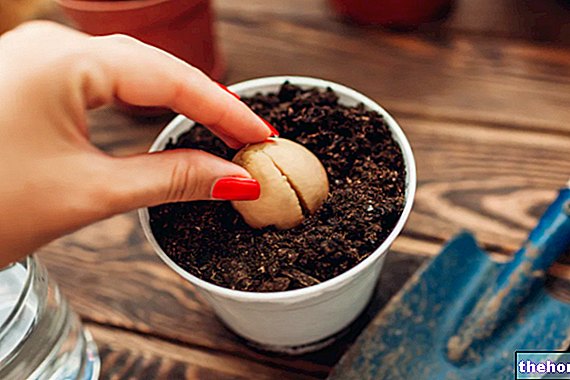Generality
L "tonic water (in English tonic water or indian tonic water) is a carbonated drink characterized by the presence of quinine (or quinine). The latter is an alkaloid organized in white crystals and having properties: antipyretic (which hinder fever), anti-inflammatory (which fight inflammation), analgesic (pain reliever), antimalarial (against malaria) and bitter (which give the bitter taste ).

On the contrary, today's drink has a lower quinine content and is often sweetened with a syrup based on carbohydrates (glucose, fructose, sucrose). Some brands have proposed a light version (slim-line) which involves replacing the syrup with alternative sweetening agents (eg aspartame).
Traditional style tonic water, therefore with more quinine and no sugar, is less common.
Quinine and Health
The quinine content in commercial tonic water is perfectly within safe pharmacological doses. However, as with many other beverages or foods, the "suitability or otherwise" is estimated on the "reasonable" use of a single product and does not take in consideration neither the alimentary excess (from single or more foods / drinks), nor the so-called off-label.
The "Food and Drug Administration"(FDA) US limits the quinine fraction in tonic water to 83 parts per million, or 83mg / kg of beverage.
Keep in mind that the "therapeutic" daily dose against malaria is included in the "range of 500-1000mg (or 10mg / kg of body weight) to be taken every eight hours; for an adult of 70kg, it corresponds to approximately 2100mg of quinine per day.
Quinine is also considered a remedy for leg cramps but, due to the risks associated with its consumption, the FDA suggests using it with great caution and avoiding "eventual" cumulative intake.
In fact, being a potentially toxic alkaloid, the excess of quinine can cause: vomiting, diarrhea, visual and auditory disturbances; sometimes, hearing impairments do not disappear even after the suspension of the active ingredient.
The pharmacological use of quinine (drug) is strictly forbidden in conditions of pregnancy and breastfeeding, since the harmful dose for the fetus or newborn (probably even more dangerous) is lower than that for the adult.
A similar argument can be made for those suffering from hepatic and / or renal pathologies, since the liver and kidneys are responsible for the metabolism and disposal of the molecule; with insufficient or incorrect functioning, the risk of accumulation increases and its toxic power is emphasized.
Nutritional Characteristics
Tonic water is a sweet drink based on water and simple carbohydrates; it is also considered an empty drink, since it does not contain other nutritional elements or nutrients in significant quantities (salts, vitamins, proteins, fats, fibers, etc.).

Nutritional values
The average portion of tonic water is 150-250ml / day, although it varies according to the diet in which it is contextualized. Even taking into consideration the nutrition of the athlete (more energetic than the others) it is always good not to exceed, since the sugars that characterize it unnecessarily increase the calorie intake of the diet. Recall that simple carbohydrates should come almost exclusively from fruit, vegetables and milk (which provide many other important nutrients) and only marginally from sweetened products.
Tonic water is a sweetened drink to avoid in case of hyperglycemia (or overt type 2 diabetes mellitus), hypertriglyceridemia and overweight; remember that excess sugar can seriously harm the health of the teeth. However, in these cases it can be used ( within reason) the version sweetened with additives.
Tonic water is considered a safe drink, although its quinine content makes it a product to be used with caution (see above).
Uses
Tonic water is often used as a basic ingredient in cocktails, especially those made with gin or vodka (for example, gin and tonic or vodka tonic).
Tonic water with lemon or lime is called “bitter lemon” and “bitter lime”, a drink famous in Europe but not so popular in the rest of the world.
Background
Tonic water gets its name from the medicinal effects of quinine.
Discovered in the 19th century and destined for consumption by the African and South Asian populations (where malaria is endemic), the quinine powder mixed with water was so bitter that British officials (of instance in India) began to mix it with soda and sugar.
The first commercial tonic water was distributed in 1858 and, shortly afterwards, also in British colonial India, the first alcoholic cocktail was born: gin and tonic.
Since 2010, at least four “tonic syrups” have been placed on the market in the United States to be diluted manually with sparkling water, which give the consumer the possibility to obtain a drink with variable concentration.
Watch the video
- Watch the video on youtube
Curiosity
Due to the significant presence of quinine, tonic water is a drink that becomes fluorescent under UV rays; the photo-sensitivity of quinine is such as to appear visibly fluorescent even after a brief direct sun exposure.




























